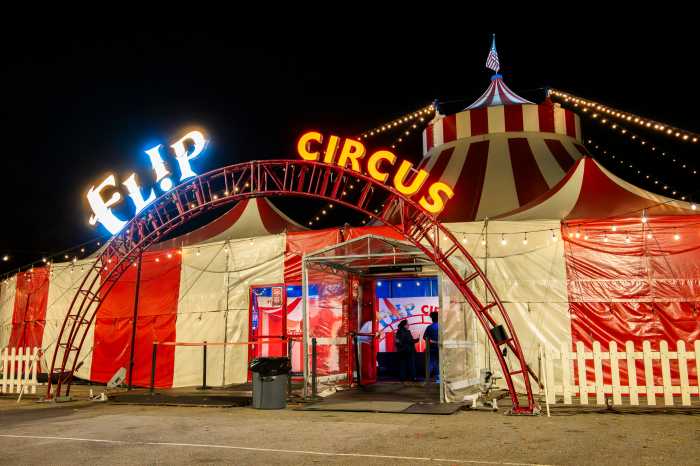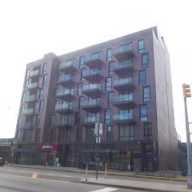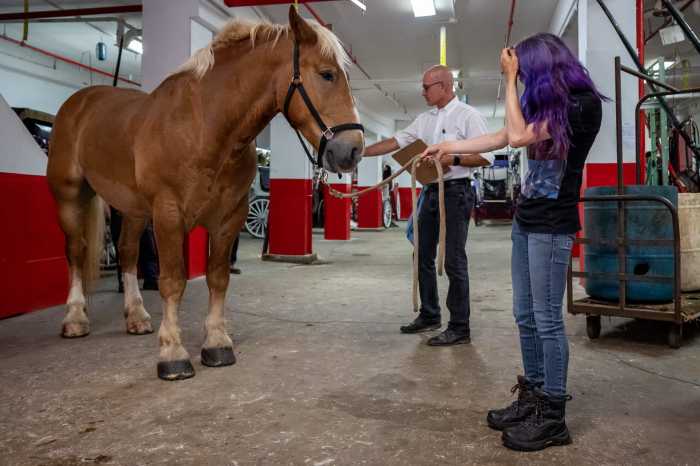Will Restrict Bushwick Site’s Development
The Ridgewood Masonic Temple in Bushwick was unanimously voted an historic site, the city Landmarks Preservation Commission (LPC) announced, last Tuesday, July 22.

The building at 1054 Bushwick Ave., on the corner of Gates Avenue, housed Lodge 710 of the Free and Accepted Masons from its construction in 1919-1920 until the group disbanded and members merged with the Astoria chapter about 10 years ago, a LPC press release said. It was deemed an historic site because the building is an example of early 20th century club architecture, according to the LPC.
The structure was nearly sold to developers in 2010 for $1 million, according to reports. Because of the designation, any major structural changes must now be approved by the city.
“The Ridgewood Masonic Temple maintains a commanding presence along Bushwick Avenue and is representative of the many civic and institutional buildings that were constructed in Bushwick in the late 19th and early-20th centuries to serve its increasing population,” Commission Chairperson Meenakshi Srinivasan said. “The commission is proud to recognize it as an New York City landmark and to grant it the protection a building of its notable history deserves.”
Freemasonry began in Europe in the Middle Ages, and by the mid- 19th century spread throughout the United States. This part of northern Brooklyn was comprised of mostly Germans when the Ridgewood Masonic Temple was built.
The Ridgewood Masons consisted mainly of professionals living or working nearby, and following petition submissions was issued a charter in 1870 from the Grand Lodge of New York State, according to the LPC.
The area of Bushwick south of Myrtle Avenue was known as Ridgewood at that time, it was noted.
The building was used to hold events for a time and is currently vacant, according to the LPC.
The buildings features a rusticated stone base, two-story arched bays, Ionic columns, a terra-cotta cornice and a brick parapet, the LPC said.
The lodge was comprised of prominent professionals living and working nearby.
The LPC was established in 1965, and charged with protecting and preserving significant buildings. The commission has bestowed landmark status on nearly 32,000 buildings, it was noted.



































